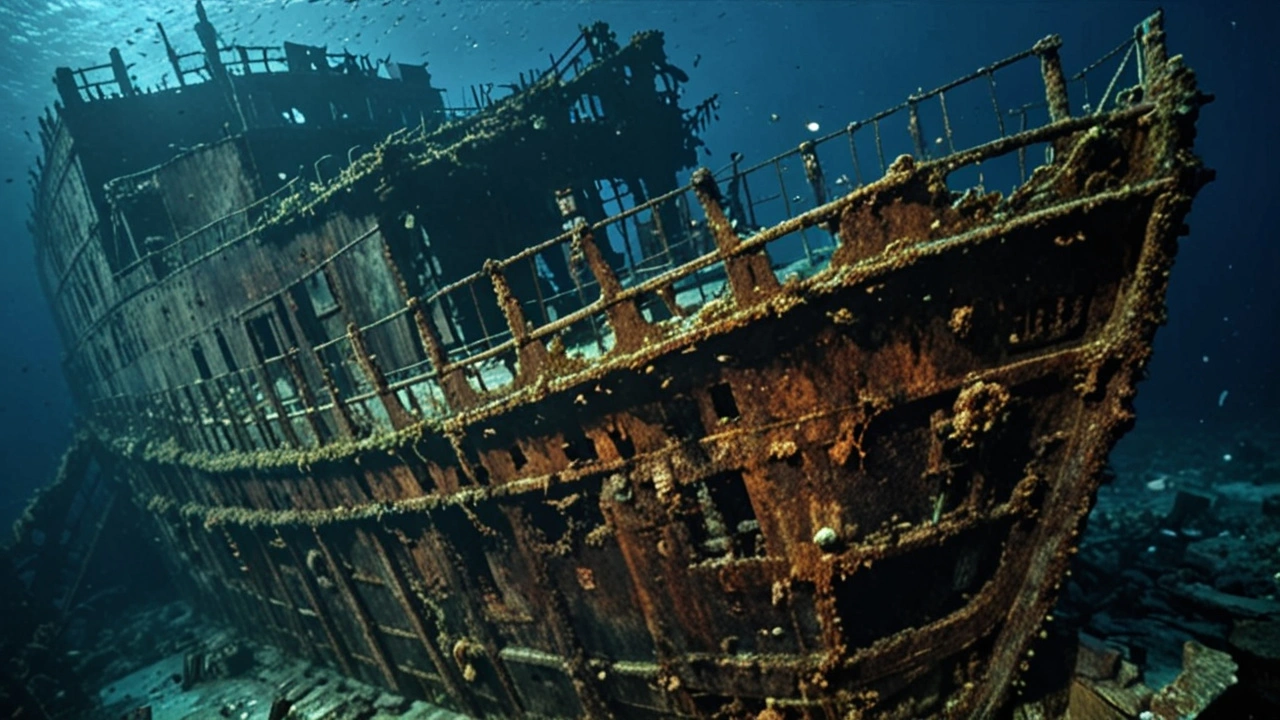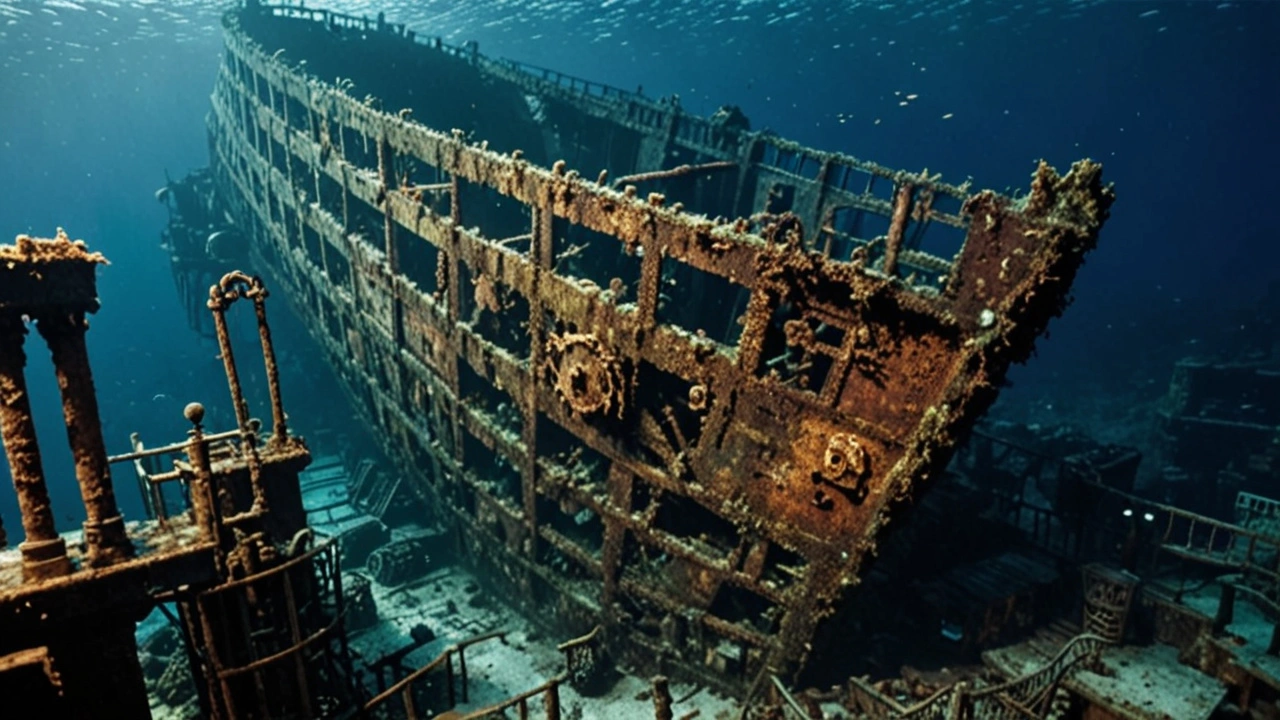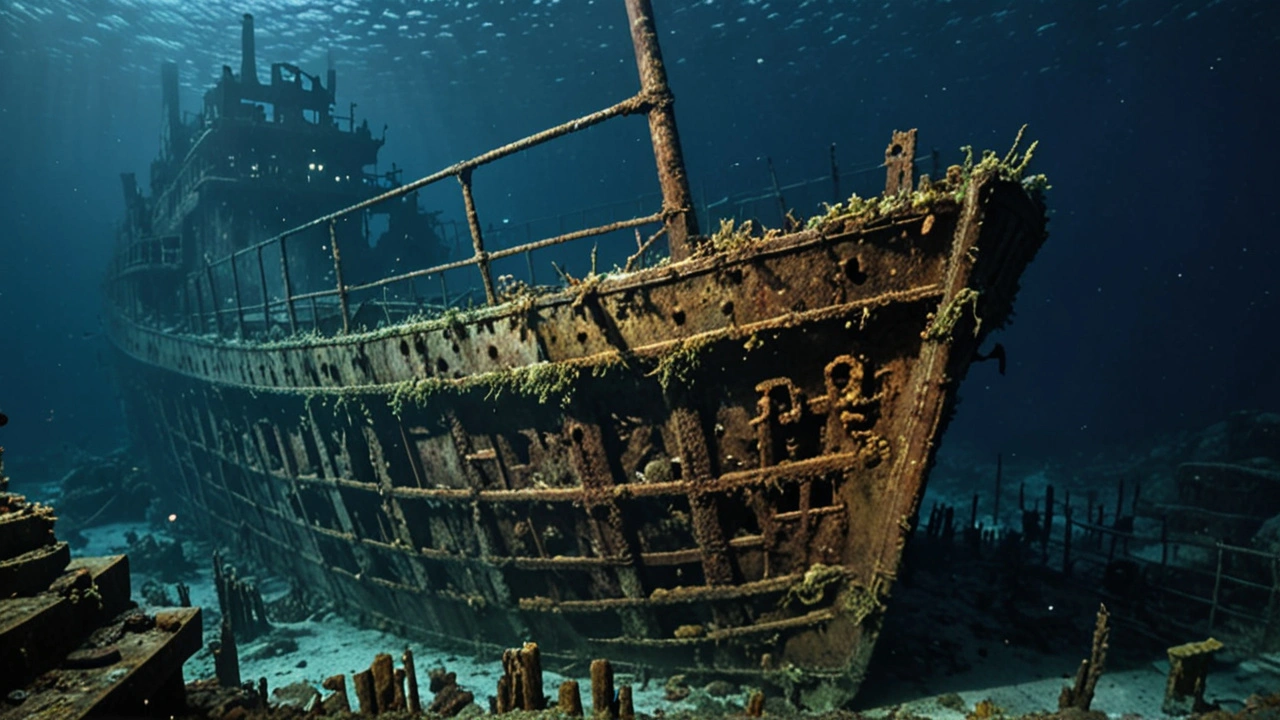Introduction: A New Dawn for Titanic Exploration
A new and ambitious expedition to the Titanic wreck site has officially begun. This mission marks a significant milestone as it is the first journey to the storied underwater grave since the tragic OceanGate disaster. The ongoing expedition aims to photograph and map the Titanic in unprecedented detail using state-of-the-art unmanned, remotely operated vehicles. This comes after the submersible Titan, operated by OceanGate, tragically imploded on a dive to the site, resulting in the loss of all five lives on board. The incident spotlighted the critical importance of safety and certification protocols in underwater explorations.
The Tragedy of OceanGate's Titan
In June 2022, the world watched in horror as news broke about the implosion of OceanGate's Titan submersible. The incident claimed five lives, including experienced divers and explorers who had prepared extensively for the mission. This tragic event not only resulted in the heartbreaking loss of human life but also sparked vigorous debates and inquiries into the safety measures employed in such dangerous missions. Questions were raised about the adequacy of the safety protocols, adherence to certification standards, and the engineering and structural integrity of the submersible involved.

Renewed Efforts in Underwater Exploration
In light of the OceanGate tragedy, the new expedition is seen as a pivotal step in re-establishing confidence in underwater exploration missions. Spearheaded by an international team of marine scientists, engineers, and historians, the mission aims to provide a comprehensive understanding of the Titanic's current condition. Equipped with unmanned, remotely operated vehicles, the team plans to gather a trove of high-resolution images and detailed maps of the wreck site. This technological leap promises to give a more precise and complete visual record of the Titanic's remains than ever before.
Technological Innovations in the New Expedition
The centerpiece of the new expedition is its use of advanced unmanned vehicles. These remotely operated vehicles (ROVs) are designed to withstand the extreme underwater pressures at the Titanic's depth, which is located roughly 12,500 feet beneath the ocean surface. These ROVs are equipped with high-definition cameras and sophisticated sonar systems capable of capturing every nook and cranny of the wreck in stunning detail. The data collected is expected to offer unprecedented insights into the Titanic's current state of preservation and degradation.
Revisiting the Legend: Why the Titanic Continues to Fascinate
The Titanic, since its tragic sinking in 1912, has remained an enduring subject of fascination and research. Its story, one of human ambition and disaster, has been retold countless times through books, movies, and documentaries. The ship's resting place on the ocean floor is not just a grave of a historic vessel but also a time capsule that offers valuable lessons about human engineering, maritime safety, and the perils of human hubris. Each expedition to the site provides additional pieces to the puzzle, helping historians and scientists alike to better understand the events leading up to its fateful collision with an iceberg.
The Preservation and Respect for an Underwater Grave
While the scientific and historical value of the Titanic wreck is immense, there is a collective recognition of the need to treat the site with the utmost respect. It is, after all, the final resting place for over 1,500 souls. These expeditions are carried out with a deep sense of reverence and responsibility, ensuring that the activities do not disturb the sanctity of the site. The newfound data will not only contribute to the academic and maritime communities but will also be an homage to the memory of those who perished in the disaster.

The Path Forward: Enhancing Safety in Underwater Expeditions
As thrilling as underwater exploration can be, it is fraught with risks. The OceanGate disaster was a stark reminder of the unforgiving nature of the ocean deep and the critical importance of rigorous safety measures. In response, calls for stricter regulatory oversight and more robust certification processes have grown louder. The new expedition embodies these enhanced safety protocols, showcasing a commitment to the highest standards of engineering and operational excellence. By doing so, it aims not only to document the Titanic but also to set a new benchmark for future underwater explorations.
Conclusion: An Ongoing Journey of Discovery
The new expedition to the Titanic is more than an adventurous dive; it is a crucial endeavor that resonates with historical, scientific, and emotional significance. As the unmanned vehicles delve into the depths, capturing vivid images and intricate details of the wreck, they contribute to our collective understanding of the past and symbolize a step forward in the saga of underwater exploration. The mission stands as a testament to human curiosity and resilience, driving us to explore the unknown while continually striving to improve our approaches and respect the fragile legacies beneath the waves.


Still can't believe we're doing this again after what happened.